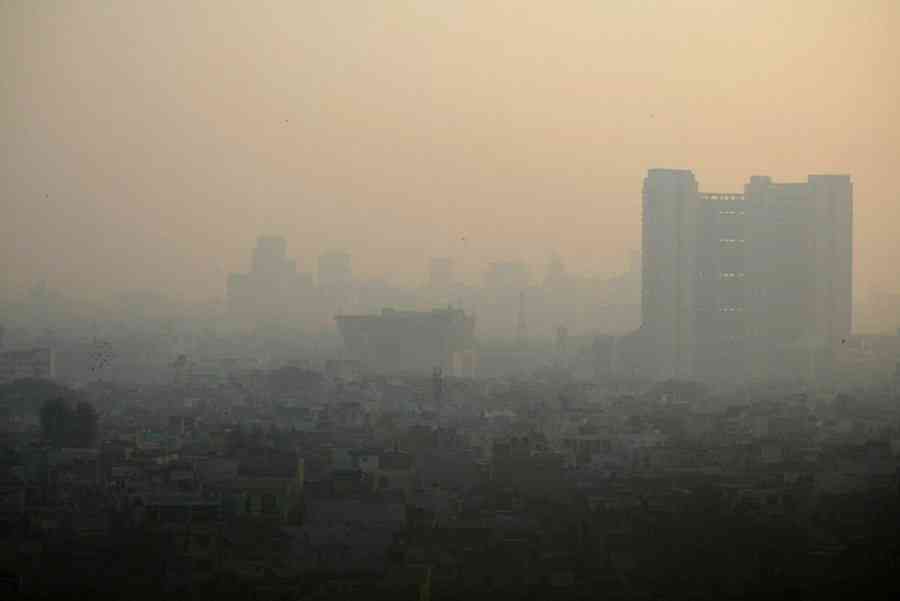Everyone in India Will Be Driving Electric Cars By 2030 to Fight Air Pollution

By Khier Casino
May 2, 2017
India plans to have all cars sold in the country to be electric-powered by 2030 in an effort to combat air pollution, lowering the country’s cost of importing fuel and running vehicles.
“We are going to introduce electric vehicles in a very big way,” Coal and Mines Minister Piyush Goyal said at the Confederation of Indian Industry Annual Session 2017 in New Delhi, according to the Independent.
The plan is similar to a 2015 initiative in the country to cut energy bills by promoting LED lightbulbs.
“We are going to make electric vehicles self-sufficient… The idea is that by 2030, not a single petrol or diesel car should be sold in the country,” Goyal told reporters.
He said the Indian government will be helping out with renewable energy in the automotive industry for the next two to three years, but expected electric cars to become more affordable and “driven by demand and not subsidy”.
After that “the cost of electric vehicles will start to pay for itself for consumers,” he told the International Business Times.
He added: “We would love to see the electric vehicle industry run on its own.”
The electric car plan would first be rolled out in “larger consumer centers, where pollution is at an all-time high”, including Delhi, Goyal said.
According to a 2015 report by Greenpeace, titled “Airpocalypse”, India has 2.3 million people die from toxic air pollution every year, claiming that it had become a “public health and economic crisis” for the country.
This figure, according to the report, was only “a fraction less” than the total number of deaths attributed to tobacco use.
“India’s pollution trends have been steadily increasing, with India overtaking China in number of deaths due to outdoor air pollution in 2015,” the report said.
It was also revealed that the most polluted city in India was Delhi, with the amount of harmful particulate matter rising to 13 times the annual limit set by the World Health Organization.
Image via Flickr / jepoirrier (CC BY-SA 2.0)
Share this Article
Share this Article